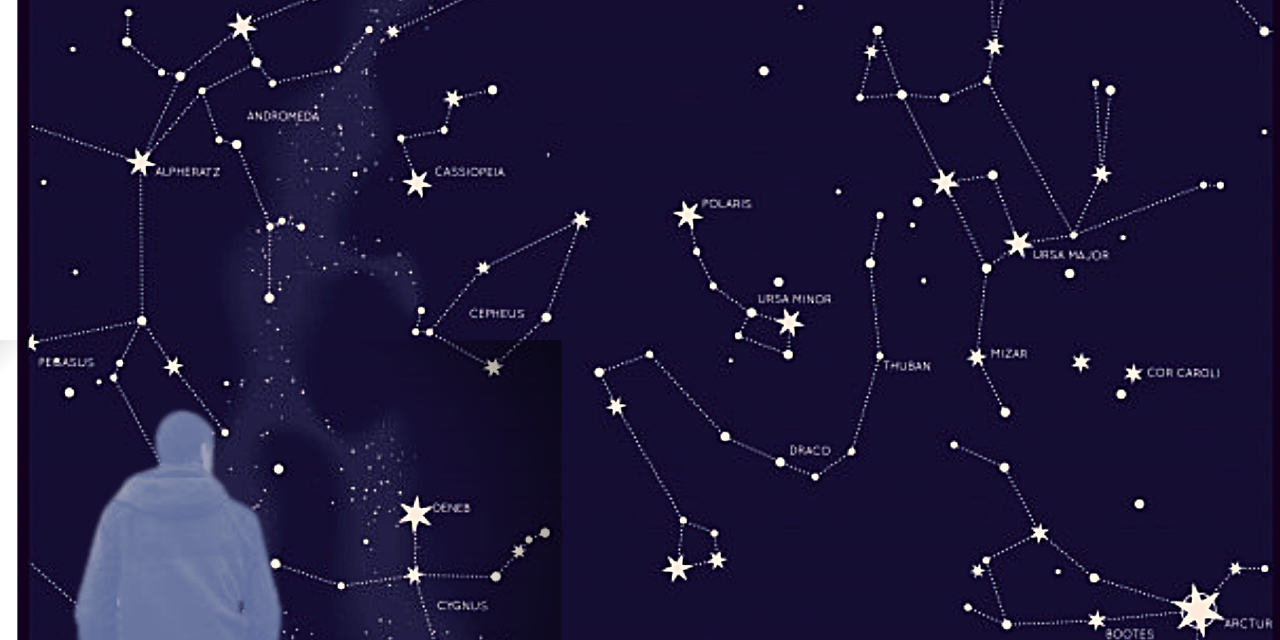
How far can we see in space? We can see 150 billion miles with our eyes
Recommended for Secondary Grades
When we look at the night sky, we see very far distances away, even with our naked eye. But what’s the most distant object we can see with the naked eye? Or how far can we see in space? And what if we use the help of a pair of binoculars, a telescope, or even with the Hubble Space Telescope?
Standing at sea level, our head is at a height of 2 metres, and the horizon appears to be about 5 km away. We’re able to see more distant objects if they’re taller, like buildings or mountains, or when we’re higher up in the air. If we get to an altitude of 20 metres, the horizon stretches out to about 11 km.
But we can see objects in space that are even more distant. So how far can we see in space with the naked eye? For instance, the Moon is 385,000 km away and the Sun is a whopping 150 million km. Visible down here on Earth, the most distant object in the solar system we can see (without a telescope) is Saturn at 1.5 billion km away.
In the very darkest conditions, the human eye can see stars at magnitude 6.5 or greater. This works for about 9,000 individual stars. Sirius, the brightest star in the sky, is 8.6 light-years away. There are even a couple of really bright stars in the 8000 light-year range. We can just barely be able to see them without a telescope.
Moreover, during the daytime, there are even large structures we can see. The most distant thing we can see with our bare eyeballs is the Andromeda galaxy at 2.6 million light-years away. This, in dark skies, looks like something that cannot be seen.
So we can say that “We can see 150 billion miles with our eyes”.
0 (Please login to give a Curious Clap to your friend.)
